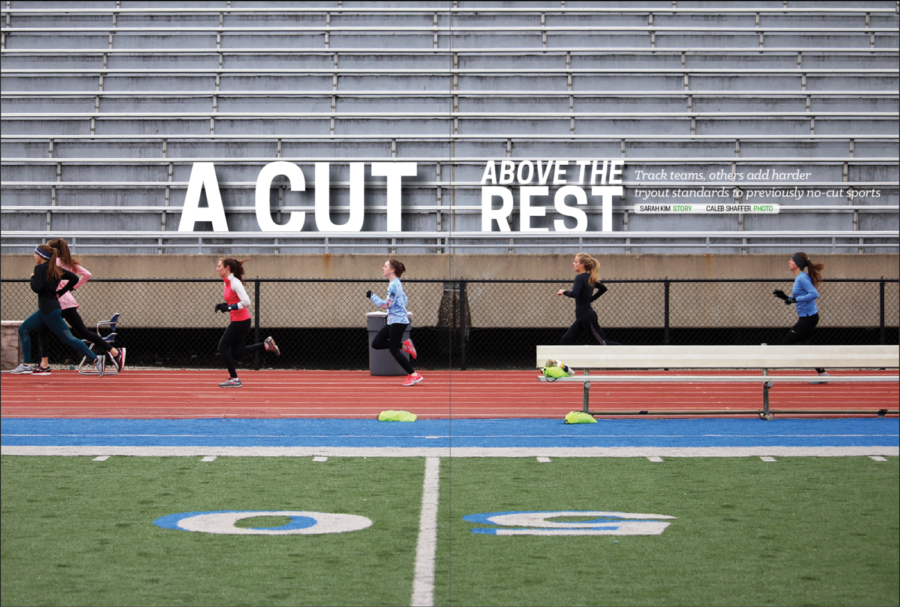Last year, the women’s track team was a sight to see. At each meet, four school buses would pull up in the parking lot. More than a hundred girls, all wearing the same blue and gold outfits, would get off. However, this might not be the case for this year’s track team.
This year, the team’s time standards have gotten stricter, meaning less runners may make the team. This change is not just present in women’s track and field; other previously “no-cut” sports teams, such as the women’s tennis team, have also made stricter restrictions on who can join the team. This growing trend can be attributed to high numbers of people joining the team and a lack of equipment and individual coaching.

CHECKING TIMES:
Track coaches look at times after athletes ran 100m sprints. Head Coach Aaron McRill said he implemented the new time cut to keep pushing the runners.

Athletics Director Jim Inskeep further explained this growing trend in the sports teams.
“We have several sports which have looked at time standards, ability minimum levels or limiting numbers in the last few years. Much of the decision-making comes down to space issues and number of opportunities for students to compete against other schools,” Inskeep said. “Swimming requires all athletes to be legal in three of the four strokes. Track and field has limits in the number of sprinters, for example, due to the number of heats that are typically run in a dual or larger meet.”
Coaches of teams making new cuts this year explained their specific reasons behind these decisions.
Bryan Hanan, head coach of the women’s tennis team, said, “We have 14 courts, and we want to make sure everyone on the team has the opportunity to get better and be a part of the team. In a perfect world, we have 100 courts and I can keep 100 girls. But we do not, so we just have to see who comes out, and the best players will play on the team.”
For the women’s track team, other causes also played a role in the decision to make more cuts this year. Head Coach Aaron McRill explained his reasoning.
“At some point you have to find a way to push the team, and I believe that if you push the very back runners or athletes of the team, that will push the front runners even more,” McRill said. “It is good to have a time standard because it keeps everyone accountable.”

GETTING AHEAD:
Runners warm up during a track practice. Head Coach Aaron McRill said the new times keep runners accountable.
This new time standard can have different effects depending on one’s standing in the team. Breanna Hartung, three-year participant on the women’s track and field team and senior, said the time standard led her to quit track for her last year of high school. Hartung explained how the new time standards impacted her decision to not participate on the team this year.
“I ran track and field my freshman, sophomore and junior years of high school. For the mid-distance section, they did have cuts but they were not as hard to make the previous years,” Hartung said. “(The new time standards) have discouraged me from even attempting to be on the team to the point that I did not run track this year.”
On the other hand some runners said they are more positively affected by these new standards. Abbegail “Abby” Grogan, varsity track runner and sophomore, explained the differences in the standards from last year and the impact on her.
“This year the cut time for my group was five seconds faster—from 1:15 to 1:10 for the (400-meter run). This did not affect the outcome of me making the team. However, it did make the group smaller which will affect workouts and therefore possibly my performance,” she said.
Regardless of the new cuts, the end goals remain the same for the team.
Grogan said, “I just hope to improve my time from last season and work toward the same goal of succeeding during tournament season.”
Inskeep explained how the decision to make cuts are made in accordance with the Athletic Department despite the drawbacks to the changes.
“There is not a specific athlete-to-coach ratio within the Athletic Department but different head coaches have varying philosophies on the number of student-athletes to be kept,” Inskeep said. “Those decisions are reached in mutual agreement with the Athletic Department.”
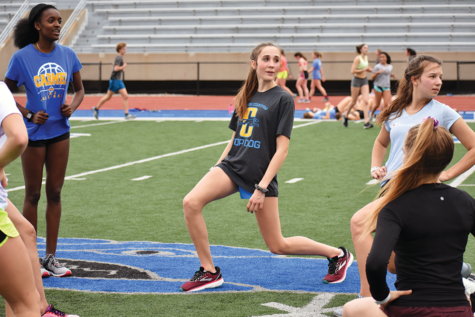
STRETCHING OUT: Abby Grogan, varsity runner and sophomore, warms up before a practice. Grogan said while the cut was small, it has shifted the team composition.
McRill voiced his expectations for the upcoming season, saying that he wants to make sure the team performs well during the State tournament no matter the team size.
“As far as team goals, we want a podium (for the State Tournament), but the mission is to give it our best and have our best effort on the best day,” McRill said.
Regardless of the team standards and expectations, certain athletes will always be affected.

























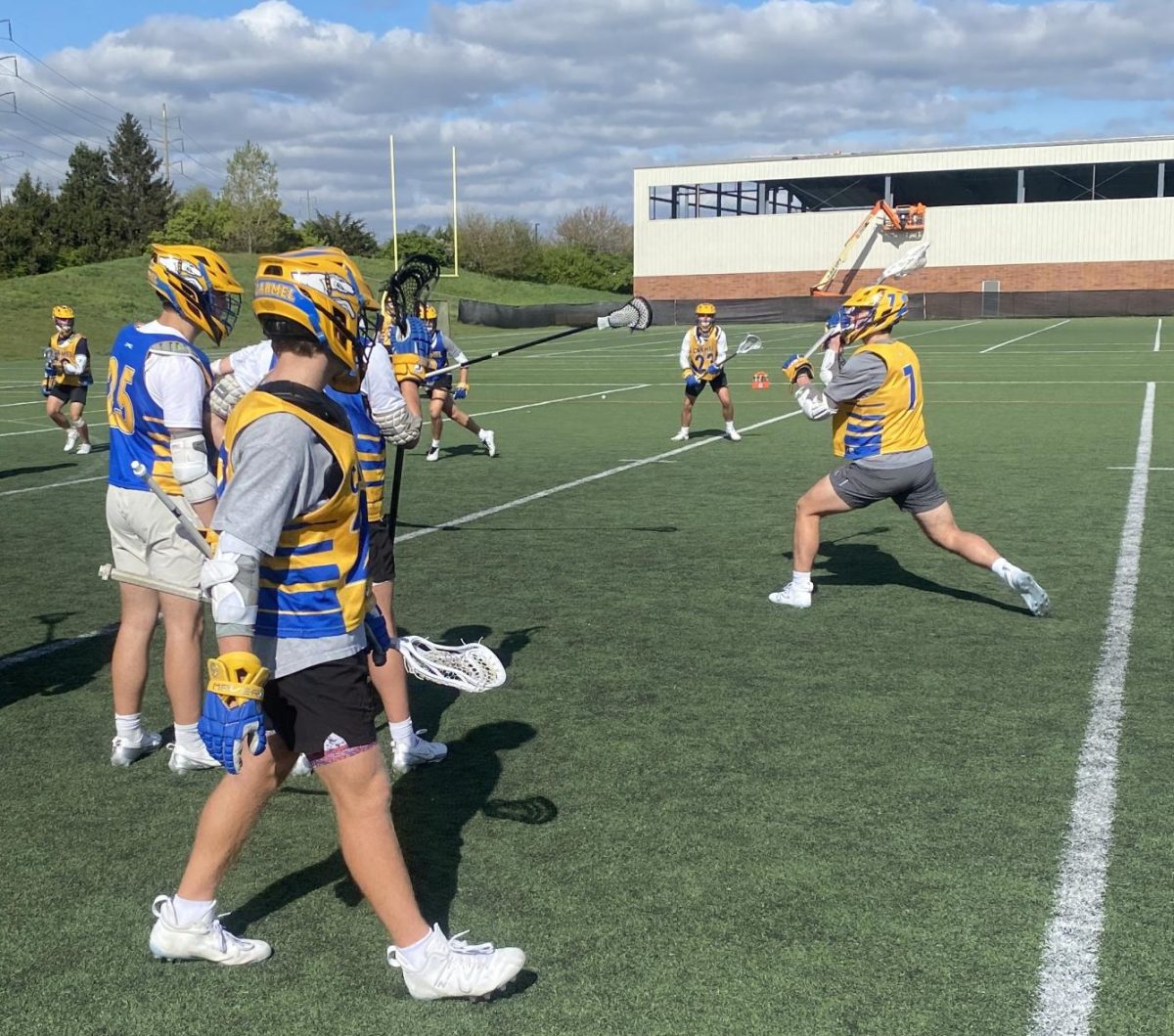




![Family vlogger controversy, need for content reform [opinion]](https://hilite.org/wp-content/uploads/2024/05/Screenshot-2024-05-14-11.33.37-AM-1200x465.png)
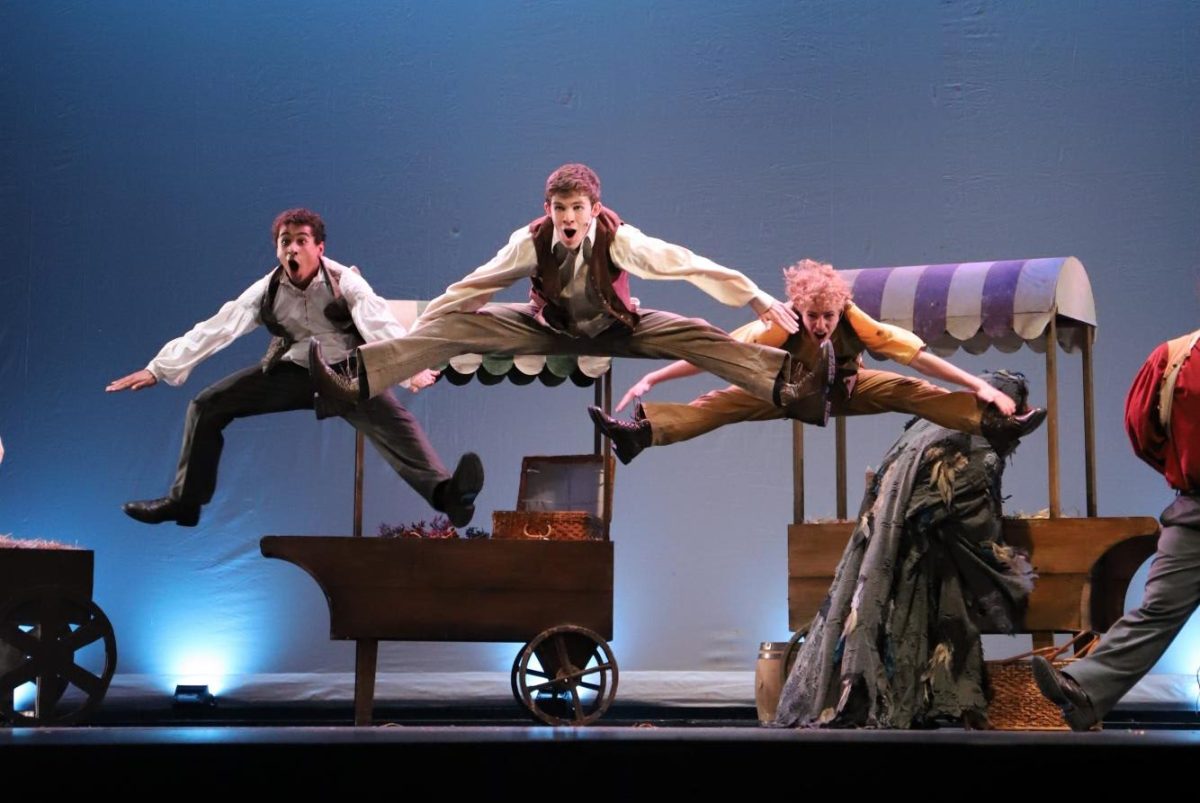




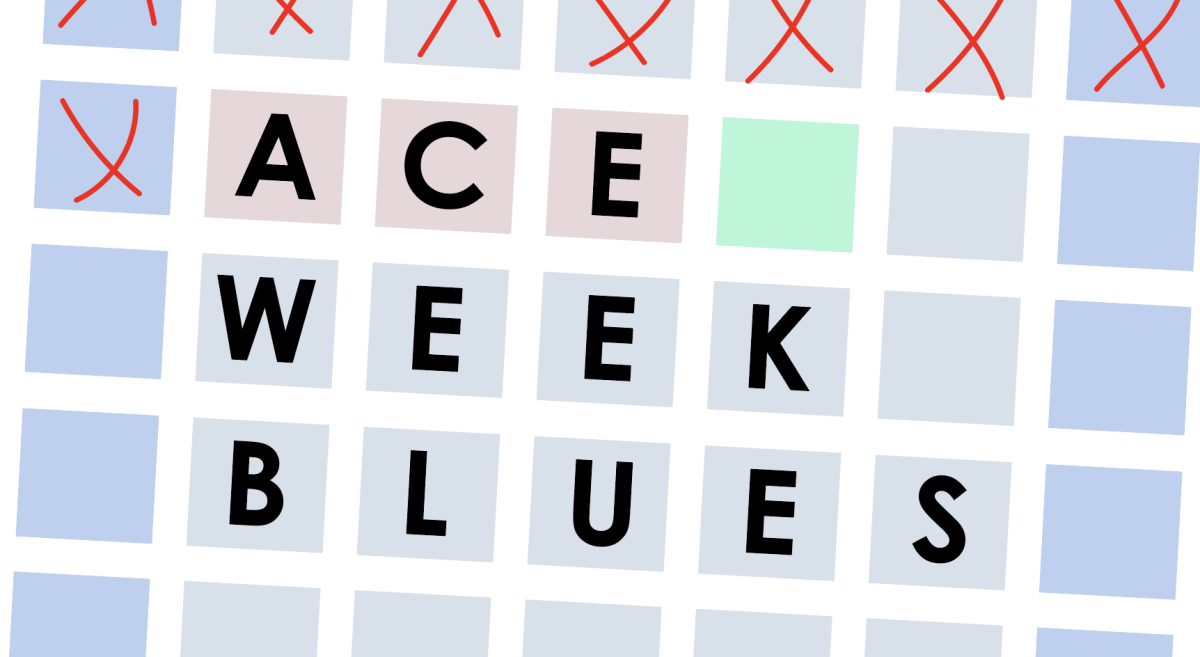






















![Review: Taylor Swift’s new album The Tortured Poets Department is not her best work but is still a brilliant album [MUSE]](https://hilite.org/wp-content/uploads/2024/05/The-Anthology_Cover-1200x675.webp)
![Review: Challengers does it all [MUSE]](https://hilite.org/wp-content/uploads/2024/05/challengers-poster-1200x600.png)
![Review: A House of Flame and Shadow by Sarah J. Maas was a disappointing read [MUSE]](https://hilite.org/wp-content/uploads/2024/05/house-of-flame-and-shadow-feature.png)
![Review: Conan Gray’s new album, “Found Heaven”, is a refreshing twist on modern music [MUSE]](https://hilite.org/wp-content/uploads/2024/05/Screenshot-2023-10-31-at-16.01.05.webp)
![Review: “Bodies, Bodies, Bodies” is the quintessential Gen-Z movie [MUSE]](https://hilite.org/wp-content/uploads/2024/05/Screenshot-2024-05-15-140618.png)
![Review in Print: Maripaz Villar brings a delightfully unique style to the world of WEBTOON [MUSE]](https://hilite.org/wp-content/uploads/2023/12/maripazcover-1200x960.jpg)
![Review: “The Sword of Kaigen” is a masterpiece [MUSE]](https://hilite.org/wp-content/uploads/2023/11/Screenshot-2023-11-26-201051.png)
![Review: Gateron Oil Kings, great linear switches, okay price [MUSE]](https://hilite.org/wp-content/uploads/2023/11/Screenshot-2023-11-26-200553.png)
![Review: “A Haunting in Venice” is a significant improvement from other Agatha Christie adaptations [MUSE]](https://hilite.org/wp-content/uploads/2023/11/e7ee2938a6d422669771bce6d8088521.jpg)
![Review: A Thanksgiving story from elementary school, still just as interesting [MUSE]](https://hilite.org/wp-content/uploads/2023/11/Screenshot-2023-11-26-195514-987x1200.png)
![Review: When I Fly Towards You, cute, uplifting youth drama [MUSE]](https://hilite.org/wp-content/uploads/2023/09/When-I-Fly-Towards-You-Chinese-drama.png)
![Postcards from Muse: Hawaii Travel Diary [MUSE]](https://hilite.org/wp-content/uploads/2023/09/My-project-1-1200x1200.jpg)
![Review: Ladybug & Cat Noir: The Movie, departure from original show [MUSE]](https://hilite.org/wp-content/uploads/2023/09/Ladybug__Cat_Noir_-_The_Movie_poster.jpg)
![Review in Print: Hidden Love is the cute, uplifting drama everyone needs [MUSE]](https://hilite.org/wp-content/uploads/2023/09/hiddenlovecover-e1693597208225-1030x1200.png)
![Review in Print: Heartstopper is the heartwarming queer romance we all need [MUSE]](https://hilite.org/wp-content/uploads/2023/08/museheartstoppercover-1200x654.png)






















![Review: “Ginny & Georgia” is a dramatic and poorly made emotional rollercoaster–and I loved it anyway [MUSE]](https://hilite.org/wp-content/uploads/2024/03/ginny-and-georgia-season2-main-be37bbb9487a41e88b3f66c3baacd5c3-300x177.jpg)
![Review: Witch Hat Atelier is a masterpiece in art and world-building, but the story has only begun [MUSE]](https://hilite.org/wp-content/uploads/2024/01/unnamed-211x300.png)
![Review: “Mysterious Lotus Casebook” is an amazing historical Chinese drama [MUSE]](https://hilite.org/wp-content/uploads/2024/03/0-300x170.webp)
![Review: “A Little Life” by Hanya Yanagihara is the epitome of a heartwrenching masterpiece [MUSE]](https://hilite.org/wp-content/uploads/2024/01/unnamed-5-300x200.png)




